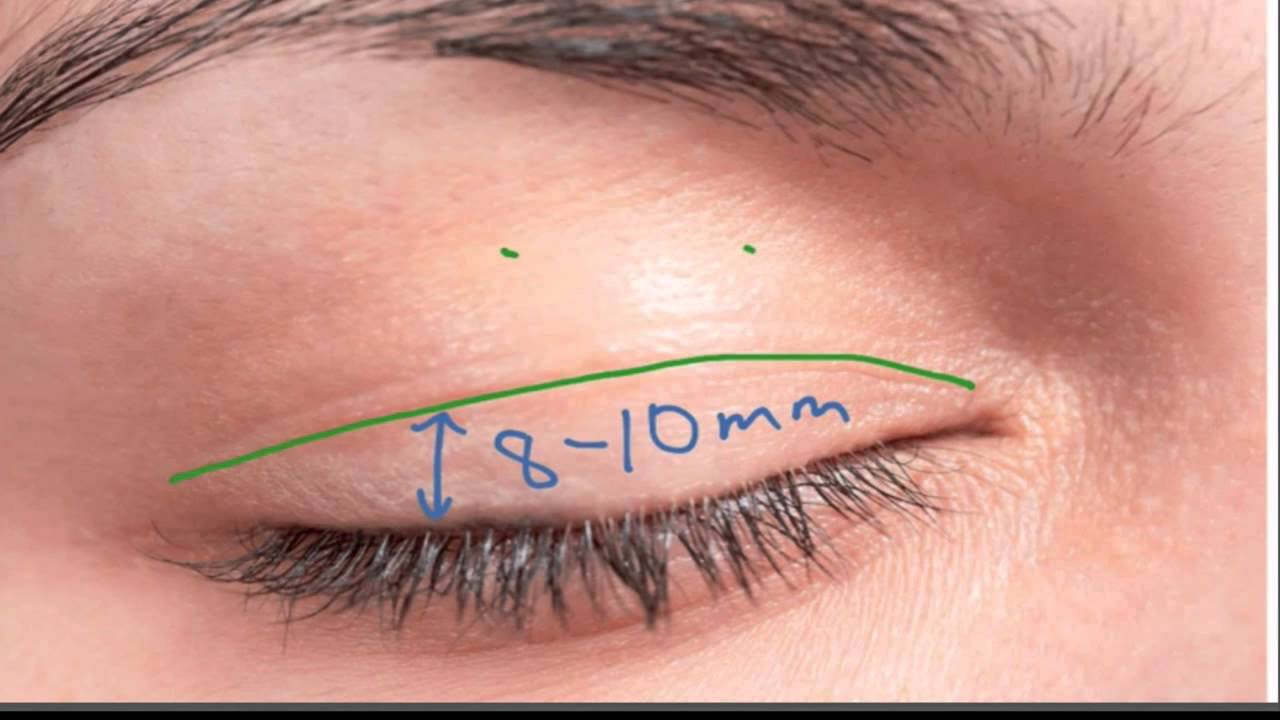Living with Aplastic Anemia: Strategies for Improving Quality of Life

Strong 8k brings an ultra-HD IPTV experience to your living room and your pocket.
Aplastic anemia is a rare but serious blood disorder in which the bone marrow fails to produce sufficient blood cells. This condition can significantly impact a person's quality of life, requiring a multifaceted approach to managing symptoms and complications. This blog explores effective strategies to improve the quality of life for individuals living with aplastic anaemia, focusing on lifestyle changes, medical treatments, and supportive care.
What are the complications of aplastic anaemia?
1. The Basics of Aplastic Anemia:
- Bone marrow failure: Aplastic anaemia occurs when the bone marrow does not produce enough red blood cells, white blood cells, and platelets. This leads to anaemia, increased risk of infections, and bleeding disorders.
- Symptoms and complications: Common symptoms include fatigue, shortness of breath, frequent infections, and easy bruising or bleeding. The condition can lead to life-threatening complications if not properly managed.
- Risk factors: Exposure to certain chemicals, medications, or radiation, as well as autoimmune disorders, can increase the risk of developing aplastic anaemia.
2. Psychological and Emotional Impact:
- Living with chronic illness: The diagnosis of aplastic anaemia can be emotionally challenging, leading to feelings of anxiety, depression, and isolation. Managing the psychological impact is crucial for maintaining overall well-being.
- Coping with uncertainty: The unpredictable nature of the disease, including the risk of severe infections and bleeding, can cause ongoing stress for patients and their families.
- Support systems: Building a strong support network, including family, friends, and healthcare providers, is essential for emotional resilience and coping with the challenges of aplastic anaemia.
3. The Role of Immunosuppressive Therapy:
- Treating the immune system: In cases where an autoimmune response causes aplastic anaemia, immunosuppressive therapy can help reduce the immune system's attack on the bone marrow.
- Common therapies: Medications such as antithymocyte globulin (ATG) and cyclosporine are often used to suppress the immune response and encourage bone marrow recovery.
- Monitoring and side effects: Regular monitoring is essential to manage potential side effects of immunosuppressive therapy, such as increased risk of infections and liver or kidney damage.
What is the best treatment for aplastic anaemia?
1. Blood Transfusions and Their Role:
- Supporting blood cell levels: Blood transfusions are a common treatment for aplastic anaemia. They help manage anaemia and prevent complications such as severe bleeding.
- Types of transfusions: Patients may require red blood cell transfusions to treat anaemia or platelet transfusions to reduce the risk of bleeding. The frequency of transfusions depends on the severity of the condition.
- Potential risks: Repeated transfusions can lead to iron overload, a condition in which excess iron builds up in the body, potentially damaging organs. Monitoring and managing iron levels is essential for patients receiving frequent transfusions.
2. Stem Cell Transplantation:
- Curative potential: A stem cell transplant, also known as a bone marrow transplant, can be a curative treatment for some patients with aplastic anaemia. This procedure involves replacing the patient's damaged bone marrow with healthy stem cells from a donor.
- Finding a match: A successful transplant requires a compatible donor, often a sibling or unrelated matched donor. Finding a suitable match is a critical step in the process.
- Risks and recovery: While a stem cell transplant offers the potential for a cure, it also carries significant risks, including graft-versus-host disease (GVHD) and infections. The recovery process can be long and challenging, requiring close monitoring and supportive care.
3. The Role of Eltrombopag in Treatment:
- Revolade 50mg tablet containing Eltrombopag, a medication approved for the treatment of aplastic anaemia, works by stimulating the production of platelets and other blood cells in the bone marrow.
Can people with aplastic anaemia live a normal life?
1. Nutrition and Diet:
- Supporting blood health: A balanced diet rich in iron, vitamin B12, and folic acid is essential for helping blood health and managing anaemia. Foods such as lean meats, leafy greens, and fortified cereals are good sources of these nutrients.
- Avoiding infections: Patients with aplastic anaemia are at higher risk of infections due to low white blood cell counts. It's important to practice good food hygiene, avoid raw or undercooked foods, and stay away from foods that may carry a higher risk of contamination.
- Hydration and overall health: Staying well-hydrated and maintaining a healthy weight can help support overall well-being and improve energy levels, which is especially important for managing fatigue associated with aplastic anaemia.
2. Exercise and Physical Activity:
- Balancing activity with rest: While it's important to stay active to maintain muscle strength and cardiovascular health, patients with aplastic anaemia may need to adjust their exercise routines based on their energy levels and symptoms.
- Low-impact exercises: Activities such as walking, swimming, and yoga can be beneficial without putting too much strain on the body. These exercises can help reduce fatigue, improve mood, and enhance overall quality of life.
- Monitoring and adaptation: It's essential to listen to the body and adjust physical activity based on how one feels. Consulting with a healthcare provider or physical therapist can help create a safe and effective exercise plan.
3. Managing Fatigue:
- Energy conservation techniques: Fatigue is a common symptom of aplastic anaemia, so learning how to conserve energy throughout the day is crucial. This can include pacing activities, taking regular breaks, and prioritising tasks.
- Improving sleep quality: Good sleep hygiene, such as maintaining a regular sleep schedule, creating a restful environment, and managing stress, can help enhance the quality of sleep and reduce fatigue.
- Supportive therapies: Complementary therapies such as acupuncture, massage, and mindfulness meditation can also help manage fatigue and enhance overall well-being.
Supportive Care and Emotional Well-Being
1. Psychological Support and Counseling:
- Addressing mental health: Living with a chronic condition like aplastic anaemia can take a toll on mental health. Accessing psychological support, such as counselling or therapy, can help patients cope with the emotional challenges of the disease.
- Support groups: Joining a support group for individuals with aplastic anaemia or other chronic conditions can provide a sense of community and shared understanding, reducing feelings of isolation.
- Family involvement: Encouraging family members to participate in counselling or support groups can strengthen relationships and improve communication, helping everyone involved better manage the emotional aspects of the illness.
2. Managing Stress and Anxiety:
- Stress-reduction techniques: Chronic stress can exacerbate symptoms and impact overall health. Techniques such as deep breathing, meditation, and progressive muscle relaxation can help reduce stress and promote relaxation.
- Mindfulness practices: Incorporating mindfulness practices into daily life can help patients stay grounded in the present moment, reducing anxiety and improving emotional resilience.
- Professional help: For those struggling with severe anxiety or depression, seeking professional help from a mental health provider is important. Therapy and, in some cases, medication can help manage these conditions and improve quality of life.
Staying connected with friends and family is essential for emotional well-being. Patients should maintain regular social interactions, even if they need to be adapted to accommodate energy levels and health needs.
Participating in community activities or volunteering, even in a limited capacity, can provide a sense of purpose and fulfilment, enhancing overall quality of life.
Note: IndiBlogHub features both user-submitted and editorial content. We do not verify third-party contributions. Read our Disclaimer and Privacy Policyfor details.







